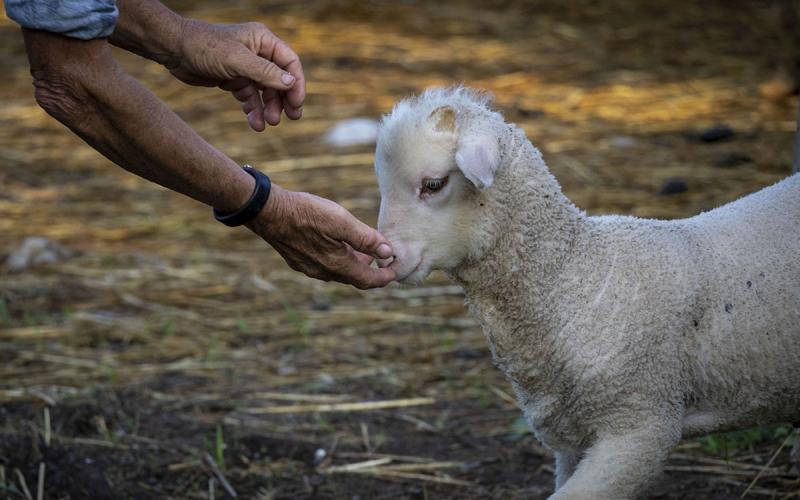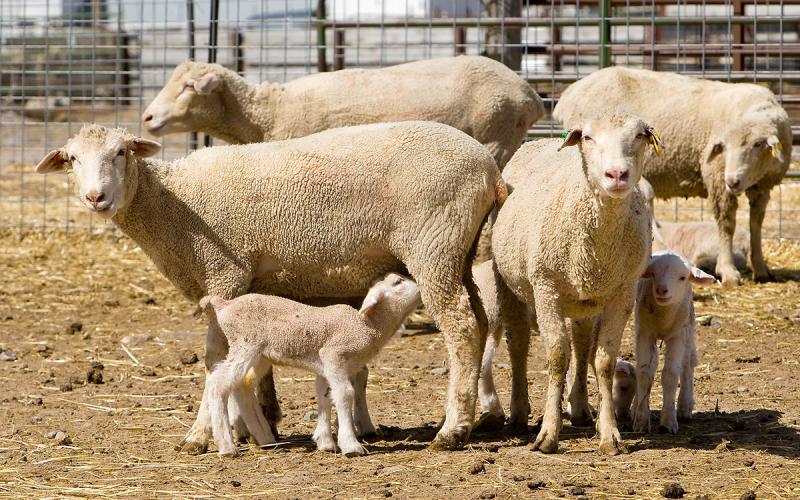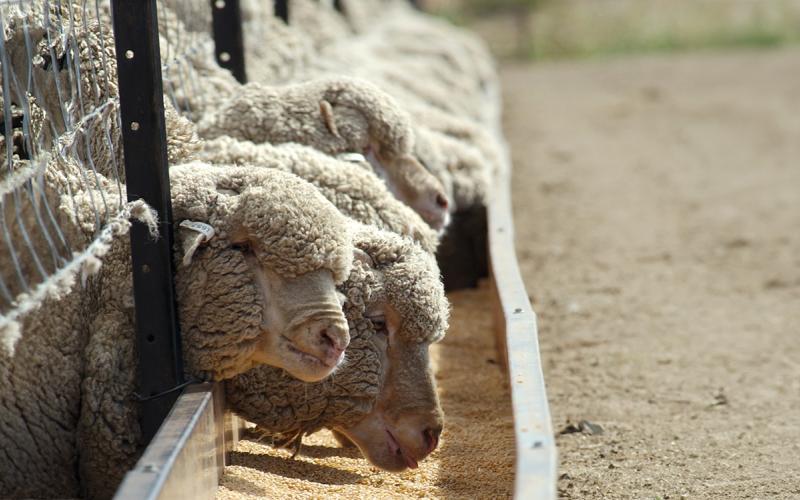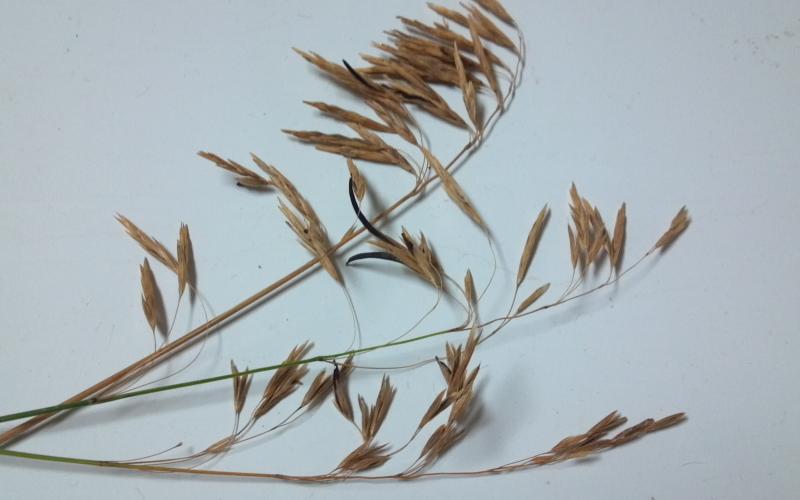What is Coccidiosis?
Coccidiosis in lambs is a significant health concern that requires prompt recognition and treatment to minimize its impact. Eimeria, commonly called coccidia, is a protozoal agent that causes coccidiosis, significantly affecting lamb health and productivity. It primarily impacts young lambs, leading to severe gastrointestinal distress and potential economic losses for sheep producers.
Eimeria species commonly exist in the digestive system, but each species has a specific target host meaning not all Eimeria cause disease. In fact, only two species are considered pathogenic to sheep (E crandallis and E ovinoidalis). For this reason, other animals can spread these species of Eimeria without signs of carrying coccidia. For Example, poultry often spread coccidia to our livestock because the sheep-specific Eimeria does not affect birds. This is also true for the cattle-specific species. Older animals develop partial immunity, so they will shed fewer oocytes. Young animals are naïve to the protozoa and can quickly develop coccidiosis.
Disease Symptoms

Infection occurs when lambs ingest Eimeria, which then embed into intestinal cells. As the protozoa reproduce, they rupture these cells. Common symptoms include bloody stools and weight loss. However, coccidiosis can pose a diagnostic challenge due to asymptomatic losses, especially of older, apparently healthy lambs. It often looks like the lambs are starving because of the severe intestinal damage caused by coccidia. Unfortunately, Eimeria has an 11 to 15 day prepatent period, meaning that it is reproducing in the animal but cannot be detected in the feces.
Treatment Options
If coccidia oocytes are found in fecal samples, there are several treatment options. Many of these can also be used as a preventative measure if there is a known history of coccidiosis.
- Decoquinate: Administered orally in feed or supplements, decoquinate is a convenient way to manage coccidiosis. For example, 2 lb of decoquinate can be added to 50 lb of free-choice salt. Decoquinate is often incorporated into commercially available medicated creep feeds.
- Amprolium: There are several ways to provide amprolium to your flock, including in the water, feed, or as a drench. Do not use automatic waterers if you choose to use amprolium to mass treat or as prophylactic. The water with correct dosage needs to be completely consumed before more water is added.
- Ionophores: Although commonly used as a feed additive to promote growth, ionophores also help control coccidia infections and are often included in feed. Lasalocid is the only ionophore approved for sheep. Monensin is not labeled for sheep.
- Sulfadimethoxine: This sulfonamide antibiotic is effective against coccidia. However, a veterinarian must be consulted for dosage since it is not labeled for sheep.
If lambs survive a coccidia infection, they may show reduced performance due to reduced nutrient absorption from damaged intestinal cells. Having a close relationship with a veterinarian is critical for overall flock health, but they can also help with necropsies and disease diagnosis.
Eimeria are susceptible to sunlight, so infection often occurs inside the barn. The challenge for eliminating coccidia is that oocysts have a protective shell that allows them to live in the soil for over a year. Sanitation can help prevent coccidiosis, including clean, dry bedding and cleaning with bleach.
In Summary
In conclusion, coccidiosis in lambs is a significant health concern that requires prompt recognition and treatment to minimize its impact. By understanding its lifecycle, recognizing the symptoms early, and implementing effective management strategies, sheep producers can safeguard the health of their flock and improve overall productivity.


